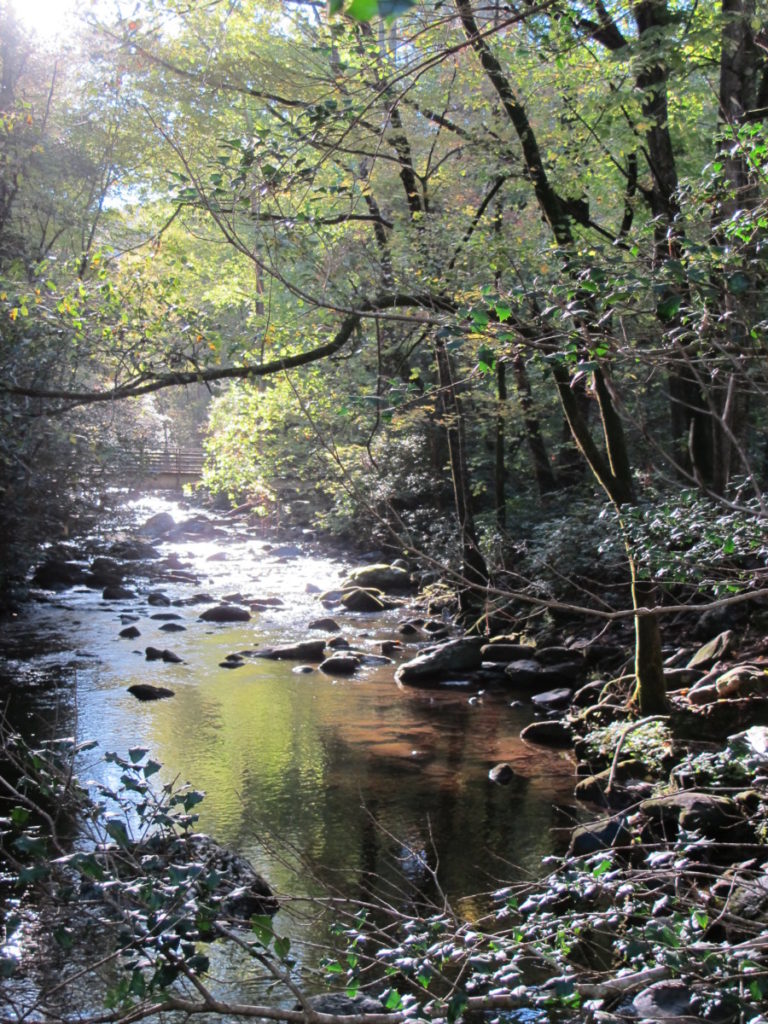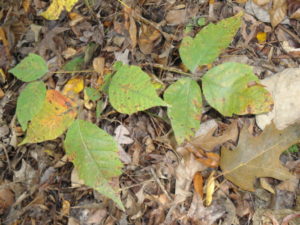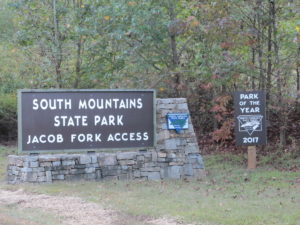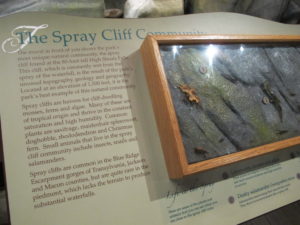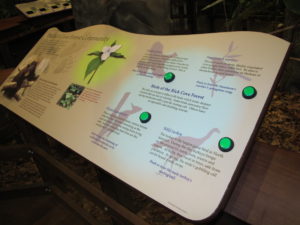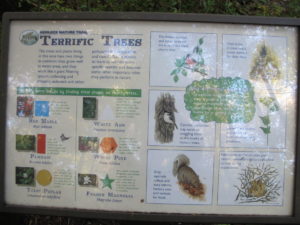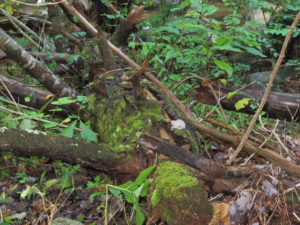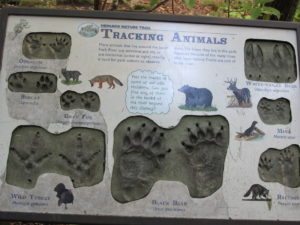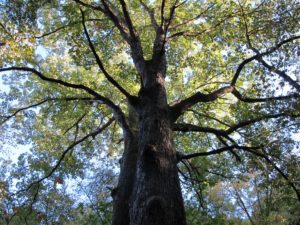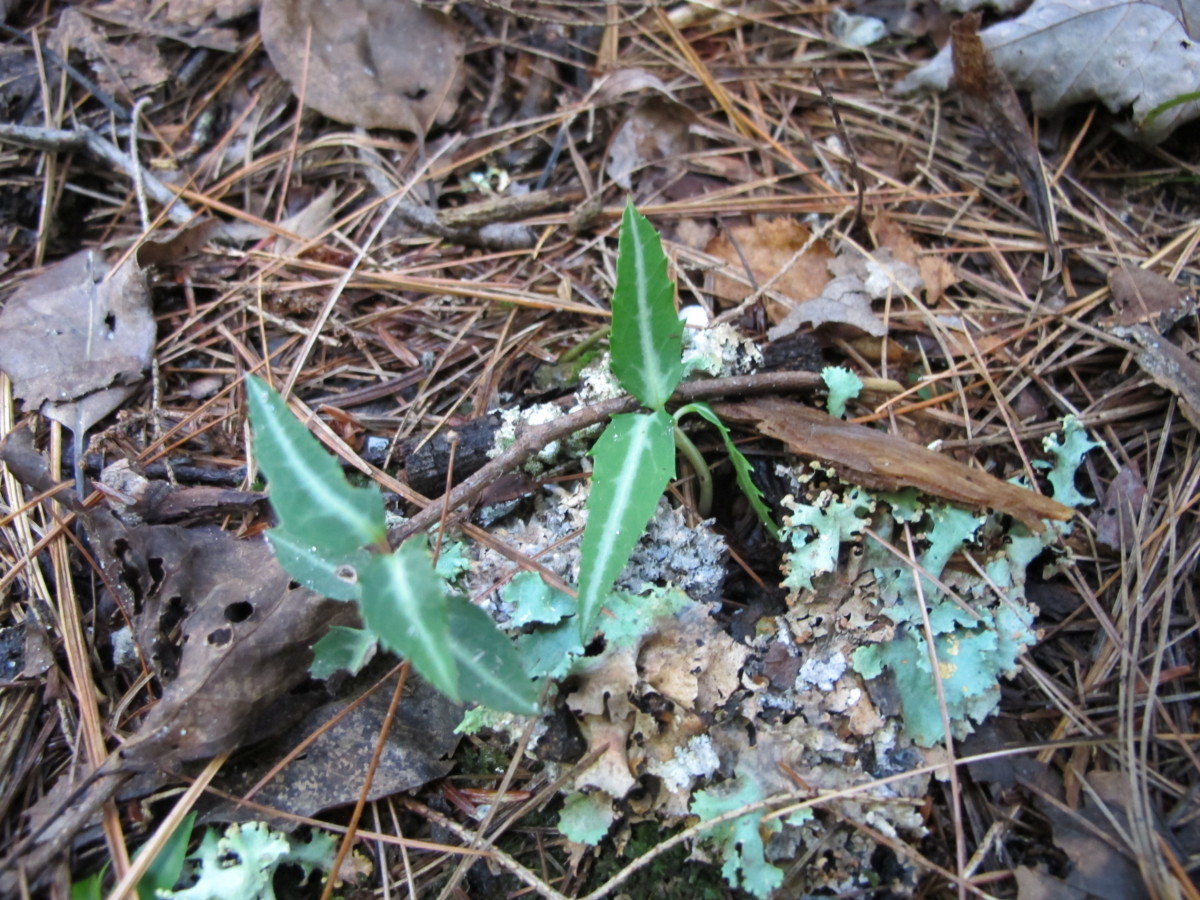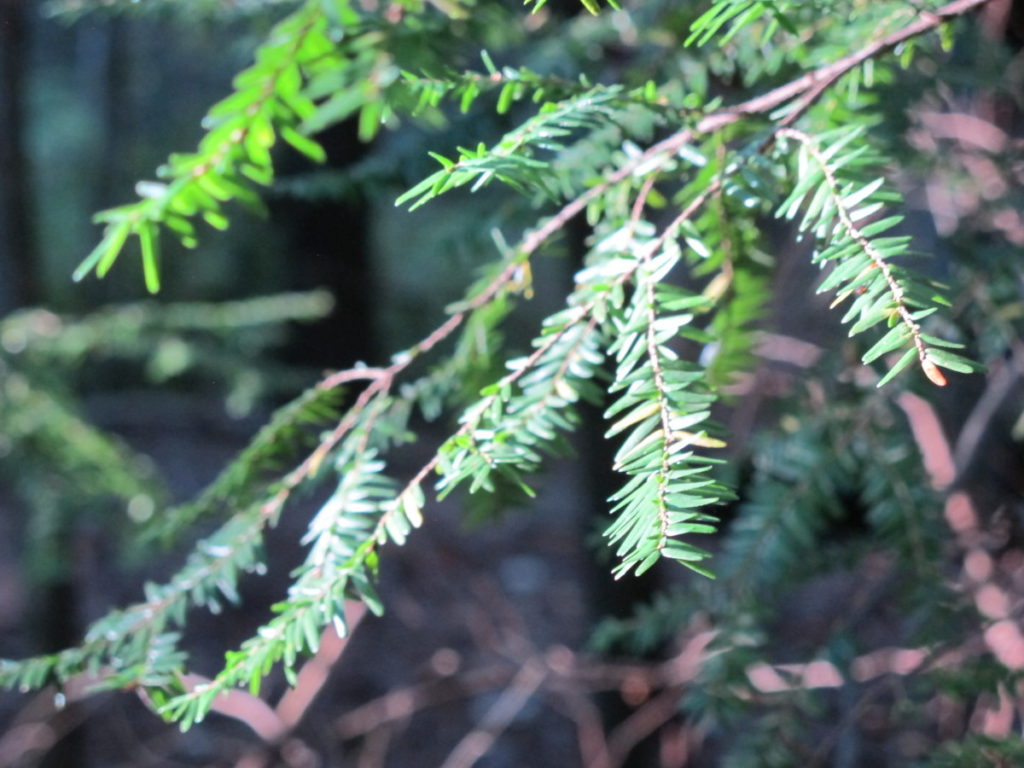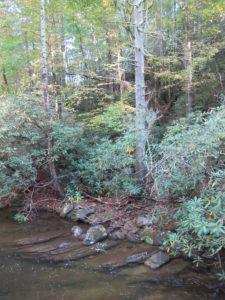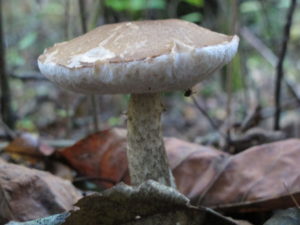Introduction to South Mountains State Park
Yesterday, I spent a couple of enjoyable hours at South Mountains State Park hoping to get some late afternoon pictures of fall color. But there wasn’t much going on quite yet. This was my first trip here, but fall foliage is a good reason to return. If you like being surrounded by nature, this is the place for you!
South Mountains State Park is the largest in North Carolina’s state park system. It is located south of Morganton, about an hour and a half northwest of Charlotte. You can hike along 50 miles of trails, enjoy camping and equestrian paths, and pack a picnic lunch. There are no designated swimming areas. But there is poison ivy (photo, right) on the ground and climbing trees, so you are advised to learn how to recognize–and avoid–it. It can cause a rash even from dormant stems.
The park comprises two separate areas:
- the larger Jacob Fork Access, 3001 South Mountains State Park Ave. (S.R. 1904), Connelly Springs NC 28612 (828 433-4772)
- Clear Creek Access, 5999 Branstrom Orchard St., Morganton NC 28655
More information is available from the NC Division of Parks and Recreation, Department of Natural and Cultural Resources, at south.mountains@ncparks.gov or www.ncparks.gov. Some activities require a permit and carry fees, so check first.
The Visitor Center
My first stop was at the Park Office, not far from the entrance sign, to pick up a map and purchase a couple of books (insects and butterflies) from the store. I walked through the interactive display room, with information on various topics, including watershed pollution, river basins, seasonal changes in the forest, and the 80′ tall High Shoals Falls (a strenuous hike, according to the list of Trails).
You can also learn about the unique plant and animal ecology of the Spray Cliff Community. This type of biome is rarely seen in this terrain (elevation approximately 1500′) of the North Carolina piedmont. Throughout the Blue Ridge Mountains, though, this kind of constantly wet environment is more common.
Sounds of Nature
Kids of all ages will want to press the buttons to hear the drumming of a pileated woodpecker, the call of a wild turkey, or the song of a Swainson’s warbler. And you’ll learn that just one bat can consume 3,000 insects in one night! At the exit, various brochures are available, listing, for example, wildflowers or birds of South Mountains State Park.
Going For A Walk
I asked the park ranger about hiking to High Shoals Falls, but it didn’t sound like a good idea; my knee certainly would have objected. She highlighted on the map where I could find the easy trails. The road continued downslope about a mile from the Park Office, ending in a parking lot.
Here was the beginning of the Hemlock Nature Trail and the River Trail, the two easy trails. Downstream, a fisherman cast his line for trout, and most hikers were packing up for the day. This time, I walked the gravel-and-earth-surfaced Hemlock Nature Trail, alongside Jacob Fork River, easy enough even for a wheelchair. Maybe next time I’ll try a moderately difficult trail; one can always turn around!
At intervals down the path, signs described features such as local trees, animal tracks, salamanders, rotting wood, and species of fish living in the river. And there are handrails, some benches, and a restroom on the Hemlock Nature Trail.
A Carolina wren sang nearby, accompanied by the stream’s whooshing refrain. Lovely walk, less than half a mile into the woods. I love this. The clean fresh smell of moist woods…
Death and Birth
The steep hillside across the river was home to huge evergreens, including Rhododendron maximum, and deciduous trees in various stages of succession. Big old trees claimed much of the canopy, but eventually they, too, will fall. Opportunistic saplings and forest floor flowers take advantage of the new sunlight and quickly fill the space.
- Young pine tree, lower right, growing through a sunny gap in the tree canopy.
- A low growing plant, Pipsissewa (Chimaphila maculata), and lichen.
- A rotting tree trunk.
- Rhododendron.
Why wait for a summer vacation “to get away from it all” when a trip to one of the state parks takes just an hour or two? For me, there’s no greater power than being in nature to restore feelings of wellness. I need that connection with the natural world. The sights, the smells, the music of the trees, birds, and water…nothing is more refreshing!
Mushrooms and Other Fungi
After the mushroom’s gills mature, the spores disperse. When the spores germinate, they grow a complex system of hyphae that absorb nutrients and water from the ground and leaf litter. The fruiting structures—the mushrooms—ensure that a new generation will continue to decompose and recycle organic matter.
The mushrooms themselves are fleeting, but the mycelium, the collective term for the branching hyphae, can live an incredibly long time, perhaps thousands of years and spreading over many square miles in undisturbed forests.
Birth, growth, maturity, procreation, death, and decomposition. It’s all part of Nature’s plan to use and to recycle nutrients, giving new life to generation after generation.
